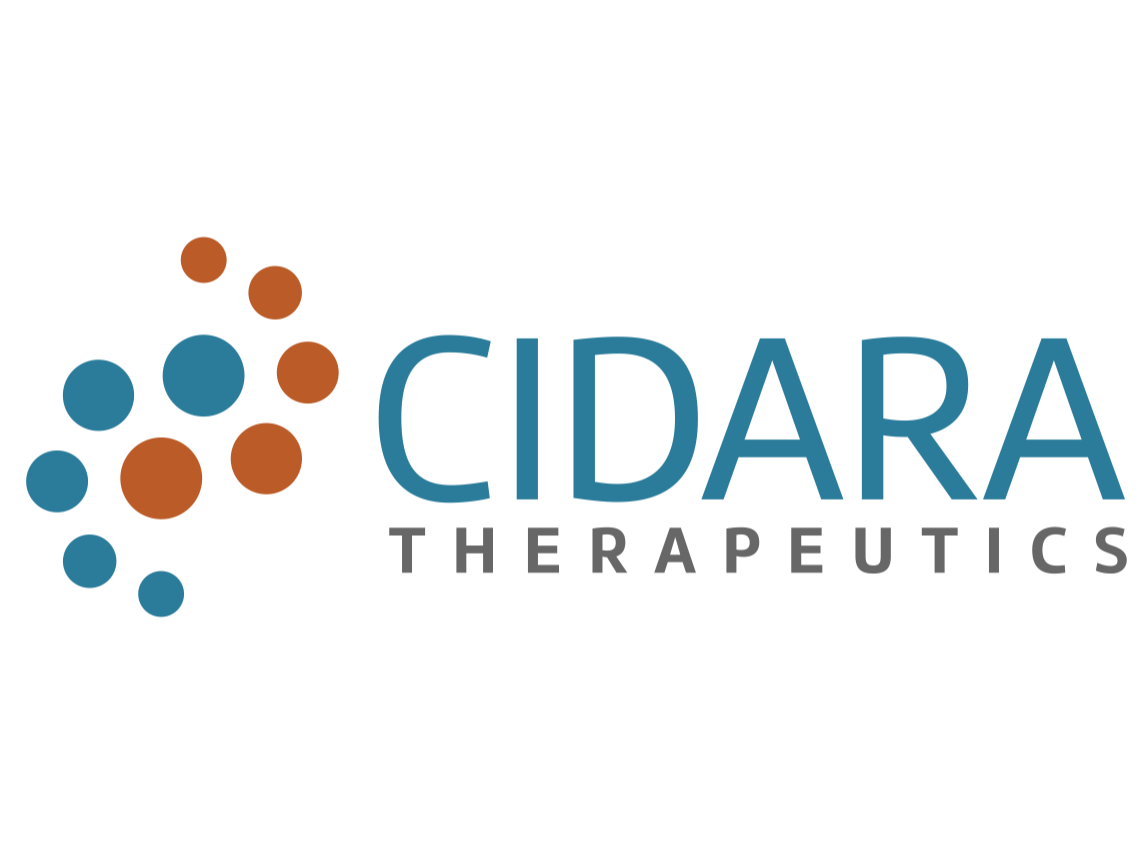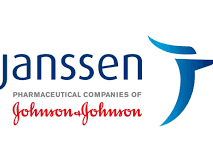Type of technology
Peptide of Human Antibody Fragment (Fc) coupled with drug molecule, Monoclonal antibodies and antibody drug conjugates
Administration route
Subcutaneous, Intramuscular, Intravenous
Development state and regulatory approval
Temsavir
Pre-clinical
Not provided
Description
Cloudbreak (r) is a Drug Fc Conjugate that acts as a single-molecule cocktail by coupling targeted small molecules and peptides to a human antibody fragment (Fc). These conjugates bind to the target receptors for an extended period while simultaneously engaging with the immune system of the human body, allowing them to both treat and prevent disease. antibody drug conjugates like this have the potential to carry multiple drug molecules (payloads).
Developer(s)

Cidara Therapeutics has developed a drug development pipeline platform called CloudBreak which is based on API conjugation with antibody fragment conjugate. This Drug Fc conjugate is a targeted immunotherapy that inhibits specific disease targets while simultaneously engaging the immune system. Cidara's portfolio includes novel therapeutics targeting viral infections and solid tumors.
Technology highlight
• Long half-life, similar to monoclonal antibody • Ability to target cryptic sites & has small molecule binding pockets • Targeted pharmacological action with low systematic exposure • Multivalent target engagement of DFC increases potency of API and reduces resistance potential • Extracellular targeted action
Illustration(s)
Technology main components
Drug -Fc Conjugate cocktail consists of (i) API, (ii) peptide fusions, and (iii) a human antibody fragment specific to the targeted disease (Fc MOIETY).
Not provided
Delivery device(s)
No delivery device
APIs compatibility profile
The DFC technology targets small molecules like Influenza neuroaminidase inhibitors (such as oseltamivir, zanamivir, peramivir, and laninamivir), CD73 inhibitors, CCR antagonists and GP120 inhibitors (such as temsavir).
Not provided
Not provided
Not provided
Not provided
Scale-up and manufacturing prospects
WuXi XDC partnered with Cidara Therapeutics to manufacture DFC formulations. WuXi recently established a new manufacturing facility with the capacity to produce 200-2000 litres of DFC formulation per batch.
Not provided
Manufacturing of DFC formulation has low COGS.
HPLC analytical procedure is used for the gross content and assay of reconstituted solution tests in the drug product specification
Excipients
No proprietary excipient used
No novel excipient or existing excipient used
No residual solvent used
Additional features
- Drug-eluting
- Other(s)
Targeted action
Small molecule conjugates in DFC exhibit selective targeting towards enzyme active sites and receptors. The distribution of the active pharmaceutical ingredient (API) is influenced by the molecular size of the DFC, with smaller sizes facilitating faster tissue penetration. The API is released from the Fc domain at the target site in a cumulative manner, optimizing therapeutic efficacy through sustained and controlled delivery for a longer period of time.
Preclinical and clinical studies focused on DFC drug candidates administered via intramuscular (IM) and subcutaneous (SQ) routes. For administration, a 25-gauge or larger bore needle is used.
Interim analysis of Phase 2a studies of CD-388 shows that the drug was well-tolerated with no treatment emergent adverse events (TEAE) or serious adverse events (SAE) in 28 subjects who received CD-388.
Not provided
The formulation should be stored at 20°C–25°C. It can also be stored at 5°C–25°C for up to 24 hours.
Therapeutic area(s)
- Other(s) : "Influenza A & C infection"
- Oncology
- HIV
- Treatment
Potential associated API(s)
- Temsavir
- zanamivir
Use of technology
- Administered by a community health worker
- Administered by a nurse
- Administered by a specialty health worker
Weekly, Single dose administration
Not provided
Targeted user groups
- Adults
- Older Adults
- All
No
No
Unspecified
Not provided
Temsavir
Antiretroviral
Pre-clinical
Not provided
HIV
Not provided
Not provided
Not provided
zanamivir
antiviral (neuraminidase inhibitor)
Phase II
NCT06609460
Seasonal influenza
Not provided
Not provided
Not provided
Compositions and Methods for The Treatment of Viral Infections
This patent pertains to antiviral drug conjugates and methods for inhibiting viral growth and treating viral infections that involves administering an effective amount of the conjugate, population of conjugates, or pharmaceutical composition to the subject. These conjugates contain monomers or dimers of a moiety that inhibit influenza virus neuraminidase, conjugated to Fc monomers, Fc domains, Fc-binding peptides, albumin proteins, or albumin protein-binding peptides. The neuraminidase inhibitor targets neuraminidase on the viral particle's surface, while the Fc domains bind to FcyRs on immune cells, activating phagocytosis and effector functions. These drug conjugates have enhanced antiviral activity.
WO2021046549A8
treatment
Cidara Therapeutics, Inc
Not provided
September 8, 2040
Not provided
Composition and Methods of treating Human Immunodeficiency Virus
Conjugates containing viral gp120 receptor inhibitors (e.g., temsavir, BMS-818251, DMJ-ll-121, BNM-IV-147, or analogues thereof) linked to an Fc monomer, an Fc domain, an Fc-binding peptide, an albumin protein, or an albumin-binding peptide are used in the treatment of viral infections. These conjugates are particularly useful in the treatment of HIV infections.
WO2020252393A1
Not provided
Cidara Therapeutics, Inc
Not provided
June 12, 2040
Not provided
Compositions and Methods for the Treatment of Bacterial infections
Conjugates with an Fc domain covalently bonded to one or more monomers or dimers of cyclic heptapeptides are among the compositions and methods used to treat bacterial infections. These small-molecule conjugates have the potential to treat gram-negative bacterial infections.
US20230190950A1
Not provided
Cidara Therapeutics, Inc
Not provided
December 20, 2037
Not provided
Publications
There are no publication
Additional documents
Useful links
There are no additional links
Collaborate for development
Consider on a case by case basis, collaborating on developing long acting products with potential significant public health impact, especially for low- and middle-income countries (LMICs), utilising the referred to long-acting technology
Share technical information for match-making assessment
Provide necessary technical information to a potential partner, under confidentiality agreement, to enable preliminary assessment of whether specific medicines of public health importance in LMICs might be compatible with the referred to long-acting technology to achieve a public health benefit
Work with MPP to expand access in LMICs
In the event that a product using the referred to long-acting technology is successfully developed, the technology IP holder(s) will work with the Medicines Patent Pool towards putting in place the most appropriate strategy for timely and affordable access in low and middle-income countries, including through licensing

